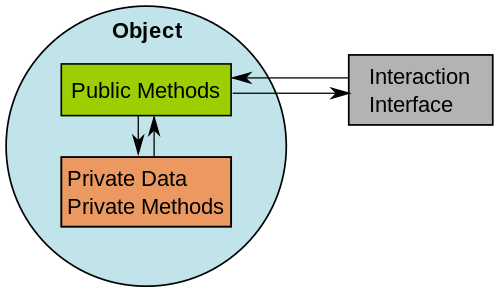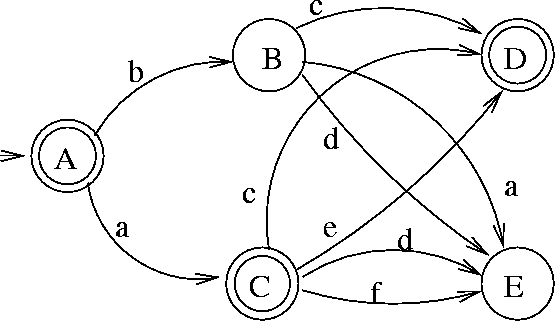The observation I made to Alex this week on The Archaeology of Knowledge was that I got much more from the introduction than I did across the following six chapters of the book. While I was finding myself taking detailed notes on the first section, the following parts were, at least in my perception, more terms and structuralism that didn’t really add to the overall construction of a methodology except to complicate the liminal spaces Foucault (1972) was trying to open in the first.
The premise of exploring the “discontinuities” was, I thought, a strong argument for collecting and organizing the different topics Foucault (1972) lumps together. Yes, it is a very useful lens to look at the relationship of objects to each other and a context in terms of not their similarities but differences. Yes. The development of the ideas of “threshold, rupture, break, mutation, transformation” are all powerful tools for the breaking apart of how we think through issues of organization and, ultimately, network relations (5). The same can be true of the “null point” Foucault (1972) mentions about chronologies as well. There is always “a receding null point that is unreachable and unknowable” in such constructions (25). In fact, and reflecting on the overall book, it is the “discursive formations” that he highlights as the collision points between collections that are best at isolating the ways in which we, as humans, so dislike the way in which discontinuities unsettle us in all of our patterns and management (38).
Object Formation
That was, if anything was to catch my attention, the one thing that I took away from the book itself: the way that we organize and make “sets” speaks to the nexus of cultural, linguistic, and cognitive limitations. We so dislike the idea of infinity, for example, we invent the idea of Limits that give us a close approximation of the idea of infinity. One that is manageable and under our control. Even the promise of a discontinuity frightens us and we use math (as a form of structuralism) to control the totality of its possibilities. We would prefer, as Foucault (1972) discusses, to dress up our ideas in the clothes of linguistic messages, referrals to more referrals until the discounting is layered and nearly forgotten.
Somewhat closer to my roots in programming, I found the idea of object formation to be intriguing in the way that software “objects” are developed and maintain. In chapter 3, Foucault (1972) lists the following three rules for how objects are formed:
- Map the first surfaces of their emergence
- Describe the authorities of delimitation
- Analyze the grids of specification
Taken into a software context, I would think through these as something close to the patten of “has-a” and “is-a” series of relationships between the attributes and the nodes or objects themselves. To “map . . . their emergence” would be to track how the objects appear within their context. Does their need to be a Car object, as an example, or is the context constraining the domain as Honda or Ford?

Moving into the “authorities of delimitation,” I would shift the focus from the object as a whole to how it intersects. What, in other words, is its API? What parts are private to the object itself and which might be public? How does is it created and how is it handled once it exists? What does it do that is different from the other objects of its type?
Finally, as Foucault (1972), wraps up the formation of objects, he shifts to an even closer examination of the “grids of specification,” something I would place within the operations of trying to figure out the interconnectivity of the objects. How are they placed? Within what context? Is their an existing structure into which they fit? What, in other words, are the operationalized protocols that they must ‘speak’? How are they conformed?
Fixed Grammars
Moving into Chapter 3 of the third section, I saw what Foucault (1972) was trying to create as the maintain of what might be called an “accepting language,” a term borrowed from Computer Science as something that consists of valid collections of input within a finite set as used in conjunction with an algorithm. (Technically, accepting languages are used with deterministic finite automata, but that’s another issue entirely.)

In trying to describe the patterns of statements, Foucault (1972) proposes the following rules how you go about determining them:
- Fix the vocabulary (discursive formation)
- Statement cannot be isolated
- Statement is not visible
- Referral, subject, an associated field, a materiality
Starting with the first two, we see the “fixing” of the vocabulary. In a CS sense, that would follow that you would eliminate impossible combinations from the language (in moving towards an “accepting” language) and then, as the next step, try to find atomic (indivisible) “statements” or combinations of tokens that cannot be broken down any more than they already are.
The last two steps don’t strictly meet up to CS as DFA are usually theoretical constructs of possible machines (automata). However, in the analysis that Foucault (1972) is doing, they are the locating of the “weak” connections that are at the heart of the statements (in what they are hidden) and of a search for a materiality and contextual relationship into which to locate the statement: its referral, subject, and associated field.
I like the analogy created here. I also think this statement “The one thing that I took away from the book itself: the way that we organize and make “sets” speaks to the nexus of cultural, linguistic, and cognitive limitations. We so dislike the idea of infinity, for example, we invent the idea of Limits that give us a close approximation of the idea of infinity.” was very astute.